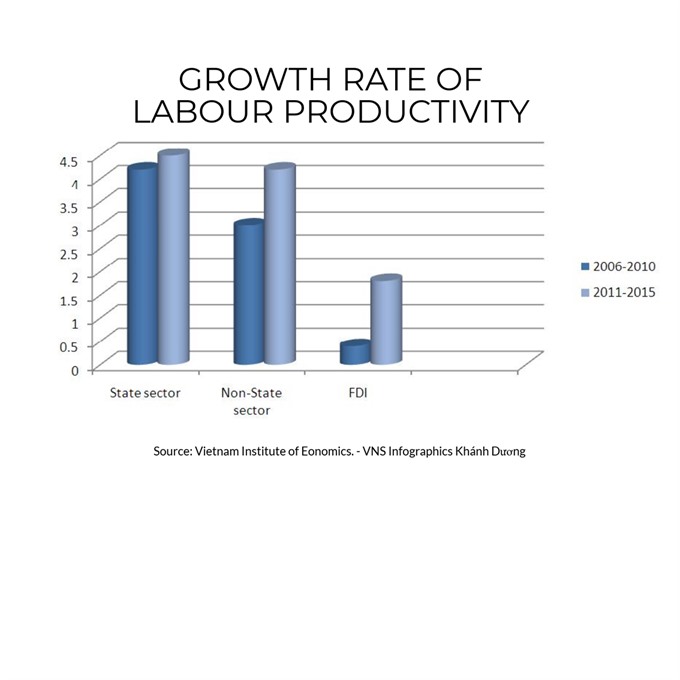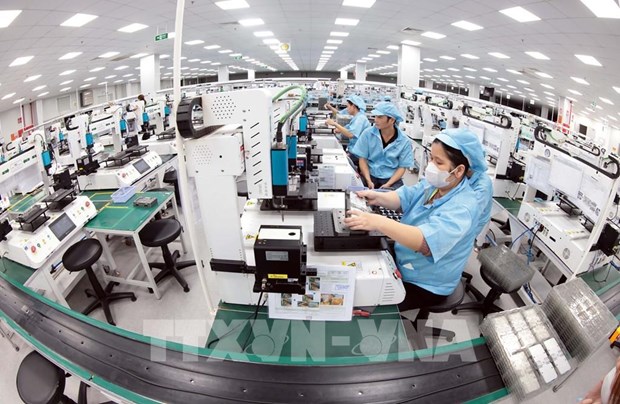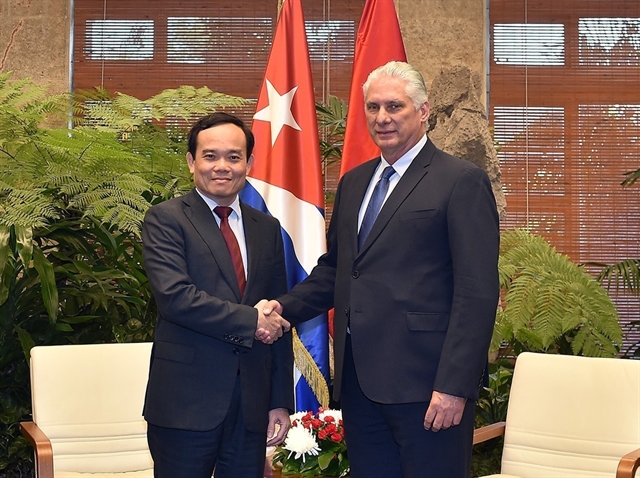 Society
Society

Nearly 40 per cent of Foreign Direct Investment (FDI) enterprises in Việt Nam are in shortage of employees and have struggled with recruiting new labourers, said an official of Ministry of Labour, Invalids and Social Affairs.
 |
| A worker of South Korea-invested Myungjin Electronic Vina Compnay in northern Thái Nguyên Province. — VNA/VNS Photo Danh Lam |
HÀ NỘI — Nearly 40 per cent of enterprises with foreign direct investment (FDI) in Việt Nam are facing a shortage of employees and have struggled with recruiting new labourers, said an official from the Ministry of Labour, Invalids and Social Affairs.
The difficulties in recruitment are due to a shortage of skilled labourers, said Tào Bằng Huy, deputy head of the Employment Department, at a seminar on labour in the FDI sector in Hà Nội yesterday.
FDI enterprises in Việt
Huy said that the quality of Vietnamese labourers working in the FDI sector remains limited. It is often hampered by factors related to physical strength, working behaviour and awareness of professional discipline.
According to National Assembly deputy Ngọ Duy Hiểu, director of the Industrial Relations Commission under the Việt Nam General Confederation, wages in the FDI sector are higher than those in the non-State sector, but remain lower than the wages of State employed labourers.
By 2017, the average monthly wage of FDI sector employees reached over VNĐ6.204 million, compared with nearly VNĐ5 million in the non-publicsector and around VNĐ6.224 million in the State sector.
There is a gap between wages for men and women. A man working for an FDI company earns over VNĐ6.8 million per month while a woman earns only VNĐ5.8 billion per month.
This is an area that needs improvement, said Hiểu as there are more female employees than males – in several enterprises, women make up more than 90 per cent of the labour force.
Each FDI labourer has to work around 275.8 hours overtime per year, relatively high compared to other sectors. Overtime hours are highest in the industries of textiles, leather shoes and electronics enterprises.
Several companies reported 500-600 extra hours of overtime per year for employees, far exceeding extra time limit regulated by Vietnamese laws, Hiểu said.
Hiểu also pointed out the fact that some FDI enterprises end work contracts with labourers above the age of 35 because the companies feel some sectors do not fit the workers’ ages.

|
“We need policy breakthroughs to protect vulnerable employees. FDI enterprises need to pay attention to securing labourers’ livelihoods,” Hiểu said.
Lê Văn Hùng from the Vietnam Institute for Economics said, “If Việt
Tào Bằng Huy from the Employment Department said that to improve the efficiency of the labour force working for the FDI sector, the country should select FDI enterprises which generate large value and promote worker productivity and training.
The Ministry of Labour, Invalids and Social Affairs and other relevant agencies will work together to make amendments to the labour law, he said.
There are currently more than 3.6 million labourers working for over 14,600 FDI enterprises nationwide as of 2017, according to the General Statistics Office of Việt
FDI sector plays an important role in national labour productivity growth. From 2006-2016 the FDI sector amounted to 29.3 per cent of average labour productivity growth of the country, compared with 46.6 per cent from the non-State sector and 24 per cent from the State sector, revealed Vietnam Institute for Economics. — VNS









